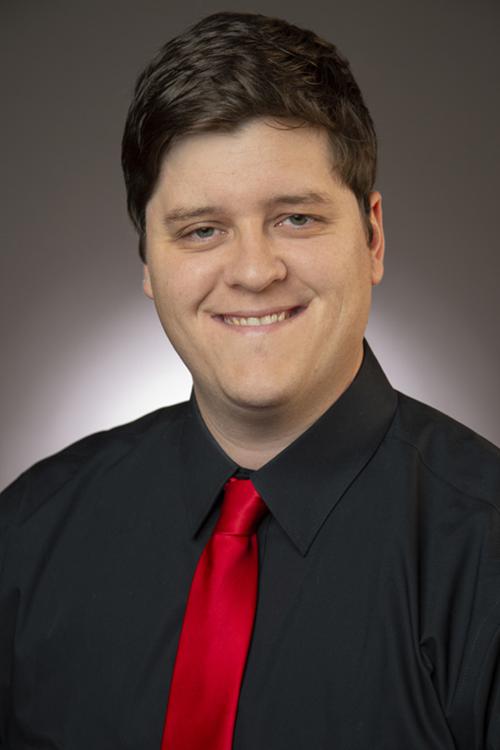What is scoliosis?
Scoliosis is a curvature of the spine, which is most often diagnosed in children. The spine is made up of multiple vertebrae and when someone has scoliosis, their vertebrae can take on the shape of a “C” or a “S”. These shapes can happen on either side of the vertebrae – Levoscoliosis (left leaning curve) and Dextroscoliosis (right leaning curve).
What are the signs & symptoms of scoliosis?
Scoliosis can present in different ways and there is not a one-size-fits-all answer to what symptoms may occur. While signs and symptoms may vary, the most common include:
- A difference in shoulder height.
- A difference in hip height/position.
- A difference in shoulder blade height/position.
- When standing straight, there’s a difference in the way the arms hang beside the body.
- When bending forward, the sides of back appear to have a difference in height.
- Dissymmetry in the ribs seen from the front and the back.
- Back pain that presents as achy or stiff in the mid to low back
- New numbness or tingling that presents in the legs
If you have noticed these signs or symptoms, please contact your doctor to schedule an in person physical evaluation and imaging
What causes scoliosis?
The causes of scoliosis can normally be broken down into two categories: developmental or acquired. Developmental scoliosis refers to a curvature of the spine that happens early in childhood. Sometimes this is caused by genetics but many times it is what we call idiopathic (or unknown cause). Cerebral Palsy, Muscular Dystrophy, and Marfan’s Syndrome are some genetic reasons people can have scoliosis. Acquired scoliosis generally refers to several different factors that cause a curvature of the spine, including but not limited to: muscle imbalance, posture, arthritic change, infections of the spine, fracture, etc. The importance of finding the cause of scoliosis helps medical practitioners know the best course of action.
What are the next steps/treatments for scoliosis?
Treatment of scoliosis is largely dependent on the degree of curvature of the spine. In radiologic terms this is called the Cobb Angle. This is normally found by getting an X-ray of the spine.
For degrees less than 25, medical practitioners will normally observe to see if the curve will get worse over time. This normally is done by serial x-rays every 6 months in children. If curves appear to be progressing but are still under 25 degrees, physical therapy may be implemented to help slow the rate of the curve
Degrees between 25 and 40 degrees, often have recommendations of bracing. Bracing is normally only used for children who are still growing and have a higher risk of curvature becoming worse over time.
If curvature has increased over 40 degrees, surgery is recommended. Generally, curves greater than 50 degrees have high rates of heart and lung problems which can severely inhibit activities of daily living
Learn More
If you are experiencing pain due to scoliosis, NGPG has a team that includes neurosurgeons, orthopedic specialists, pain management specialists, radiologists and rehabilitation specialists that work collaboratively to treat the patient and best address their needs. Reach out today at ngpg.org/ortho.



